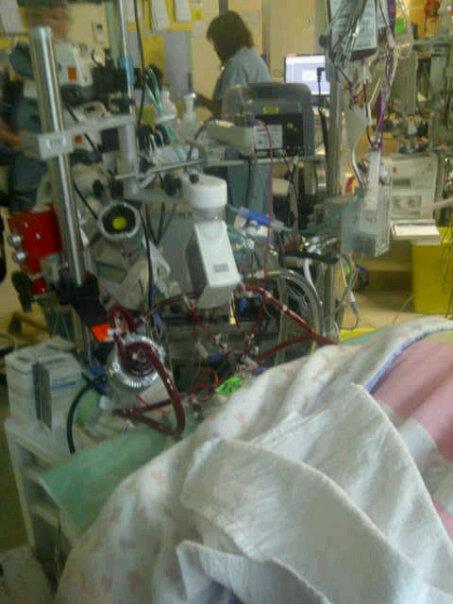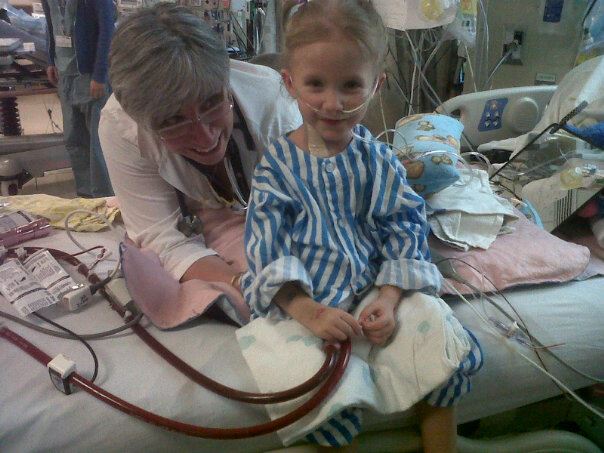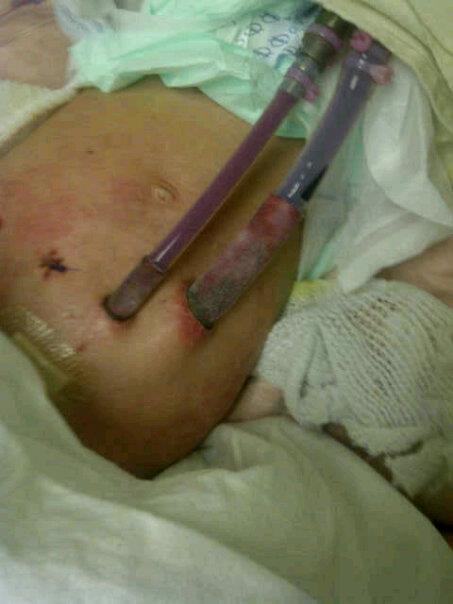What is PAH?
Pulmonary hypertension or PH, is increased pressure in the pulmonary arteries. These arteries carry blood from your heart to your lungs to pick up oxygen.
PH causes symptoms such as shortness of breath during routine activity (for example, climbing two flights of stairs), tiredness, chest pain, and a racing heartbeat. As the condition worsens, its symptoms may limit all physical activity.
To understand PH, it helps to understand how your heart and lungs work. Your heart has two sides, separated by an inner wall called the septum.
Each side of your heart has an upper and lower chamber. The lower right chamber of your heart, the right ventricle, pumps blood to your pulmonary arteries. The blood then travels to your lungs, where it picks up oxygen.
The upper left chamber of your heart, the left atrium, receives the oxygen-rich blood from your lungs. The blood is then pumped into the lower left chamber of your heart, the left ventricle. From the left ventricle, the blood is pumped to the rest of your body through an artery called the aorta.
PH begins with inflammation and changes in the cells that line your pulmonary arteries. Other factors also can affect the pulmonary arteries and cause PH. For example, the condition may develop if:
•The walls of the arteries tighten.
•The walls of the arteries are stiff at birth or become stiff from an overgrowth of cells.
•Blood clots form in the arteries.
These changes make it hard for your heart to push blood through your pulmonary arteries and into your lungs. As a result, the pressure in your arteries rises. Also, because your heart is working harder than normal, your right ventricle becomes strained and weak.
Your heart may become so weak that it can't pump enough blood to your lungs. This causes heart failure. Heart failure is the most common cause of death in people who have PH.
PH is divided into five groups based on its causes. In all groups, the average pressure in the pulmonary arteries is higher than 25 mmHg at rest or 30 mmHg during physical activity. The pressure in normal pulmonary arteries is 8–20 mmHg at rest. (The mmHg is millimeters of mercury—the units used to measure blood pressure.)
Other diseases or conditions, such as heart and lung diseases or blood clots, usually cause PH. Some people inherit the condition (that is, their parents pass the genes for PH on to them). In some cases, the cause isn't known.
Pulmonary arterial hypertension (PAH) is a serious disease of the arteries connecting the lungs to the heart (the pulmonary arteries). As PAH develops, blood flow through the pulmonary arteries is restricted. The right side of the heart is put under increasing strain to pump blood through to the lungs, and this causes the right side of the heart to become enlarged. This process leads to the main symptoms of PAH – breathlessness, chest tightness, limited exercise capacity, and fatigue.
The early symptoms of PAH can be mild, and are common to many other conditions such as asthma, general fatigue, or lack of physical fitness. As the symptoms may be attributed to other causes, many patients with PAH are only finally diagnosed when the disease has already progressed beyond an early stage.
Untreated, PAH can reduce life expectancy. Treatment is aimed at improving symptoms, exercise tolerance, long-term outcomes and quality of life. Until the mid 1980s there were limited treatment options, and PAH was associated with a poor prognosis. Today, treatment options have significantly improved the outlook for patients with this condition.
Outlook:
PH has no cure. However, research for new treatments is ongoing. PAH patients may also require mutltiple organ transplants to survive.
Cheyannes case:
In Cheyannes case Cheyanne has the worst of the worst (PAH) her preasure in her heart are extremely high, the right side of her heart is enlarged to the point of 5x bigger then what it should be, preasures in her heart are 100% and higher. Cheyanne is the 4th case in the world, and to be the youngest of the 4 in the world.
Cheyanne is now on life support with a life expectncy is very low with out transplants (A.S.A.P) she have weeks to few months.
Pulmonary hypertension or PH, is increased pressure in the pulmonary arteries. These arteries carry blood from your heart to your lungs to pick up oxygen.
PH causes symptoms such as shortness of breath during routine activity (for example, climbing two flights of stairs), tiredness, chest pain, and a racing heartbeat. As the condition worsens, its symptoms may limit all physical activity.
To understand PH, it helps to understand how your heart and lungs work. Your heart has two sides, separated by an inner wall called the septum.
Each side of your heart has an upper and lower chamber. The lower right chamber of your heart, the right ventricle, pumps blood to your pulmonary arteries. The blood then travels to your lungs, where it picks up oxygen.
The upper left chamber of your heart, the left atrium, receives the oxygen-rich blood from your lungs. The blood is then pumped into the lower left chamber of your heart, the left ventricle. From the left ventricle, the blood is pumped to the rest of your body through an artery called the aorta.
PH begins with inflammation and changes in the cells that line your pulmonary arteries. Other factors also can affect the pulmonary arteries and cause PH. For example, the condition may develop if:
•The walls of the arteries tighten.
•The walls of the arteries are stiff at birth or become stiff from an overgrowth of cells.
•Blood clots form in the arteries.
These changes make it hard for your heart to push blood through your pulmonary arteries and into your lungs. As a result, the pressure in your arteries rises. Also, because your heart is working harder than normal, your right ventricle becomes strained and weak.
Your heart may become so weak that it can't pump enough blood to your lungs. This causes heart failure. Heart failure is the most common cause of death in people who have PH.
PH is divided into five groups based on its causes. In all groups, the average pressure in the pulmonary arteries is higher than 25 mmHg at rest or 30 mmHg during physical activity. The pressure in normal pulmonary arteries is 8–20 mmHg at rest. (The mmHg is millimeters of mercury—the units used to measure blood pressure.)
Other diseases or conditions, such as heart and lung diseases or blood clots, usually cause PH. Some people inherit the condition (that is, their parents pass the genes for PH on to them). In some cases, the cause isn't known.
Pulmonary arterial hypertension (PAH) is a serious disease of the arteries connecting the lungs to the heart (the pulmonary arteries). As PAH develops, blood flow through the pulmonary arteries is restricted. The right side of the heart is put under increasing strain to pump blood through to the lungs, and this causes the right side of the heart to become enlarged. This process leads to the main symptoms of PAH – breathlessness, chest tightness, limited exercise capacity, and fatigue.
The early symptoms of PAH can be mild, and are common to many other conditions such as asthma, general fatigue, or lack of physical fitness. As the symptoms may be attributed to other causes, many patients with PAH are only finally diagnosed when the disease has already progressed beyond an early stage.
Untreated, PAH can reduce life expectancy. Treatment is aimed at improving symptoms, exercise tolerance, long-term outcomes and quality of life. Until the mid 1980s there were limited treatment options, and PAH was associated with a poor prognosis. Today, treatment options have significantly improved the outlook for patients with this condition.
Outlook:
PH has no cure. However, research for new treatments is ongoing. PAH patients may also require mutltiple organ transplants to survive.
Cheyannes case:
In Cheyannes case Cheyanne has the worst of the worst (PAH) her preasure in her heart are extremely high, the right side of her heart is enlarged to the point of 5x bigger then what it should be, preasures in her heart are 100% and higher. Cheyanne is the 4th case in the world, and to be the youngest of the 4 in the world.
Cheyanne is now on life support with a life expectncy is very low with out transplants (A.S.A.P) she have weeks to few months.



If you would like to make a donation for "Help Cheyanne reach for the stars" here is the link: http://goo.gl/c6jkQ